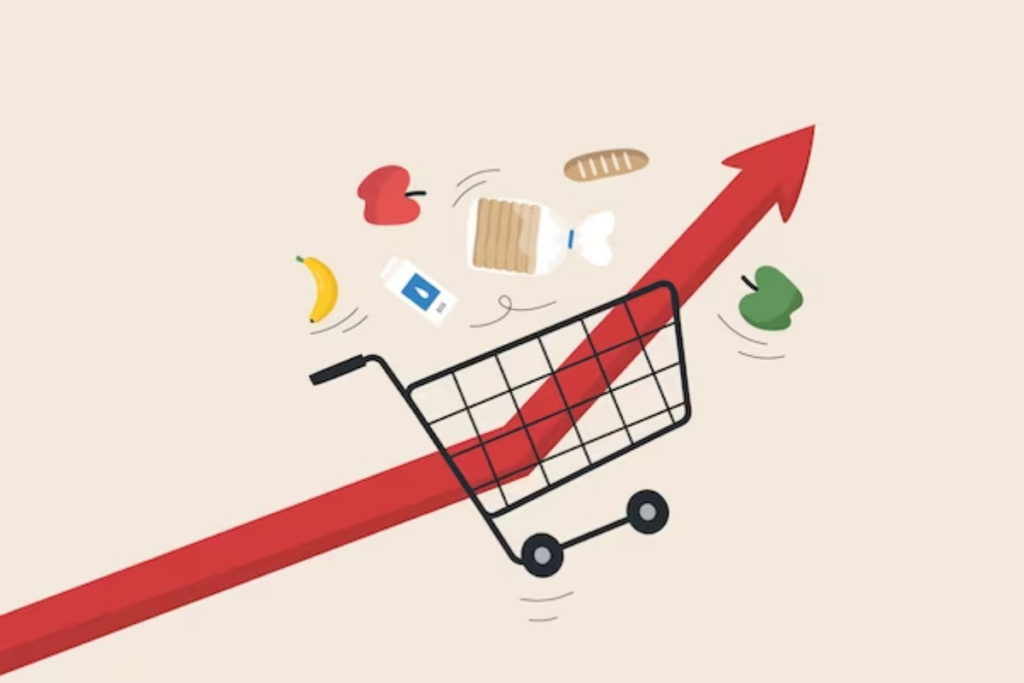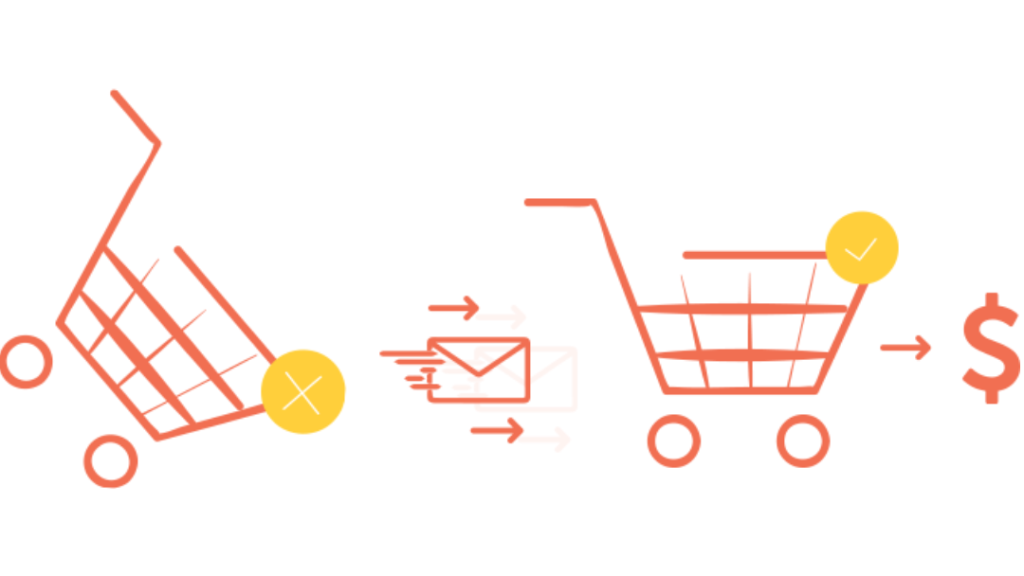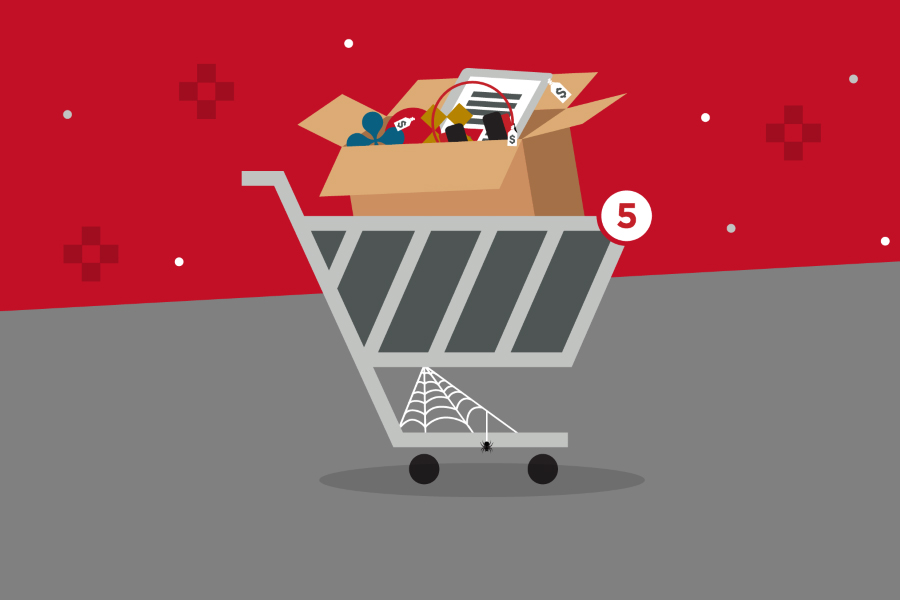Shopping cart abandonment recovery is a frustrating reality for any online business. Customers browse your site, add items they love to their cart, and then… vanish. These lost sales represent a significant revenue leakage point for e-commerce stores. However, it’s not a lost cause. Cart Abandonment recovery offers a powerful set of strategies to win back lost customers and reclaim those potential sales.

Understanding the Cart Abandonment Recovery Challenge
Before diving into recovery strategies, it’s crucial to understand why customers abandon their carts in the first place. Numerous studies highlight common culprits. According to research by the Baymard Institute, unexpected extra costs like shipping and taxes are the leading reason for cart abandonment, accounting for approximately 48% of cases. Other significant factors include:
- Forced Account Creation: Many shoppers dislike being required to create an account before purchasing. Guest checkout options are vital.
- Complicated Checkout Process: A lengthy or confusing checkout process can quickly deter customers. Streamline the steps and keep it simple.
- Website Security Concerns: Lack of trust in website security, especially during payment, can lead to abandonment. Display security badges and use HTTPS.
- Slow Website Speed: In today’s fast-paced digital world, slow loading times are a major turn-off. Optimize your site’s performance.
- Limited Payment Options: Not offering preferred payment methods can cause friction. Provide a variety of options like credit cards, PayPal, and other popular services.
- Just Browsing/Research: Some customers use carts as a wish list or to compare prices, not intending to buy immediately.
Understanding these reasons is the first step in crafting effective abandoned cart recovery strategies to win back lost customers.
Proven Strategies to Win Back Customers with Cart Abandonment Recovery
Fortunately, there are numerous effective tactics to re-engage customers who abandon their carts and encourage them to complete their purchases. Here are some of the most proven strategies for abandoned cart recovery:
1. Abandoned Cart Email Campaigns: The Cornerstone of Recovery
Email remains one of the most powerful tools for abandoned cart recovery. Automated email sequences, triggered when a cart is abandoned, can gently nudge customers back to your store. Effective abandoned cart emails typically include:
- Friendly Reminders: Politely remind customers about the items left in their cart.
- Visual Reinforcement: Show images of the abandoned items to re-ignite their desire.
- Clear Call-to-Action: Provide a prominent button or link leading directly back to their cart.
- Address Potential Concerns: Proactively address common abandonment reasons, such as offering free shipping or highlighting secure checkout.
- Personalization: Use customer names and personalize email content based on their browsing history or cart contents.
- Urgency (Optional): Consider adding a sense of urgency with limited-time offers or mentioning low stock (if applicable).
Example Email Sequence:
- Email 1 (Sent within 1 hour of abandonment): Gentle reminder, focus on items left in cart and easy return to checkout.
- Email 2 (Sent within 24 hours): Highlight benefits, offer free shipping or a small discount.
- Email 3 (Sent within 48-72 hours): Last chance reminder, emphasize scarcity or offer a slightly larger discount (use sparingly to avoid devaluing products).
2. Retargeting Ads: Keeping Your Brand Top-of-Mind
Retargeting ads display ads to users who have previously interacted with your website, including those who abandoned their carts. These ads serve as visual reminders of the products they were interested in and can be highly effective in bringing them back.
- Dynamic Product Ads: Showcase the exact products left in the customer’s cart in the retargeting ads for a personalized experience.
- Platform Variety: Utilize platforms like Google Ads, social media platforms (Facebook, Instagram), and display ad networks for broad reach.
- Compelling Visuals & Messaging: Use eye-catching ad creatives and persuasive messaging to entice clicks.
- Offer Incentives (Optional): Incorporate special offers or discounts within the retargeting ads to further incentivize return visits.

3. On-Site Recovery Tactics: Addressing Abandonment in Real-Time
Don’t wait for customers to leave completely. Implement on-site strategies to address potential abandonment triggers proactively:
- Exit-Intent Pop-ups: Trigger a pop-up when a user’s mouse cursor indicates they are about to leave the page. Offer a last-minute incentive like free shipping or a small discount to encourage completion.
- Progress Indicators: During checkout, use progress bars to visually show customers how many steps are left, reducing perceived complexity.
- Trust Badges & Security Seals: Display security badges and SSL certificates prominently throughout the checkout process to build trust.
- Live Chat Support: Offer live chat support during checkout to address customer questions and concerns immediately, preventing abandonment due to confusion or uncertainty.
4. Streamline the Checkout Process: Reduce Friction
A frictionless checkout experience is paramount to minimizing cart abandonment in the first place and improving abandoned cart recovery success.
- Guest Checkout: Always offer guest checkout as an option. Account creation should be optional, not mandatory.
- Simplified Forms: Minimize the number of form fields required at checkout. Ask only for essential information.
- Auto-Fill Functionality: Implement address auto-fill and other features to speed up form completion.
- Multiple Payment Options: Accept a variety of payment methods to cater to customer preferences.
- Transparent Pricing: Clearly display all costs, including shipping and taxes, upfront, ideally on the product page or early in the checkout process.
5. Leverage Urgency and Scarcity
While overuse can be detrimental, strategically employing urgency and scarcity tactics can encourage quicker purchase decisions.
- Limited-Time Offers: In abandoned cart emails or on-site pop-ups, highlight limited-time discounts to create a sense of urgency.
- Low Stock Indicators: Display “Low Stock” or “Only X Items Left” indicators on product pages to encourage faster purchases (use truthfully and ethically).
- Flash Sales & Promotions: Promote flash sales or limited-time promotions that can incentivize customers to complete their abandoned purchases.
Measuring and Optimizing Your Cart Abandonment Recovery Efforts
Implementing abandoned cart recovery strategies is only the first step. To ensure effectiveness and maximize ROI, you need to track key metrics and continuously optimize your approach.
Key Metrics to Track:
- Cart Abandonment Rate: The percentage of shopping carts abandoned versus carts initiated. Monitor this to identify trends and areas for improvement.
- Cart Recovery Rate: The percentage of abandoned carts successfully recovered through your strategies.
- Email Open and Click-Through Rates: Track email performance to optimize email subject lines, content, and calls-to-action.
- Conversion Rate from Recovery Emails/Ads: Measure how effectively your recovery efforts convert abandoned carts into completed purchases.
- Revenue Recovered: Calculate the total revenue generated from your abandoned cart recovery initiatives.
- ROI of Recovery Efforts: Compare the revenue recovered to the cost of implementing and running your recovery strategies.
Optimization Strategies:
- A/B Testing: Test different email subject lines, content, offers, and timing to identify what resonates best with your audience.
- Segment Your Audience: Segment customers based on cart value, abandonment reasons (if identifiable), or customer type to personalize recovery efforts further.
- Analyze Abandonment Data: Regularly analyze your cart abandonment data to identify recurring patterns and pain points in your checkout process.
- Continuous Improvement: Abandoned cart recovery is an ongoing process. Continuously monitor performance, adapt your strategies, and stay updated on best practices.

Reclaim Lost Revenue and Win Back Customers Today
Abandoned cart recovery is not just about reclaiming lost sales. It’s about enhancing the customer experience and building stronger relationships. By understanding why customers abandon carts and implementing effective recovery strategies, you can win back lost customers, significantly boost your revenue, and cultivate a more loyal customer base. Start implementing these proven tactics today and turn those abandoned carts into completed purchases, and watch your e-commerce business thrive.
You can also read:
What is Business Process as a Service (BPaaS)? Definition, Benefits and Best Examples



